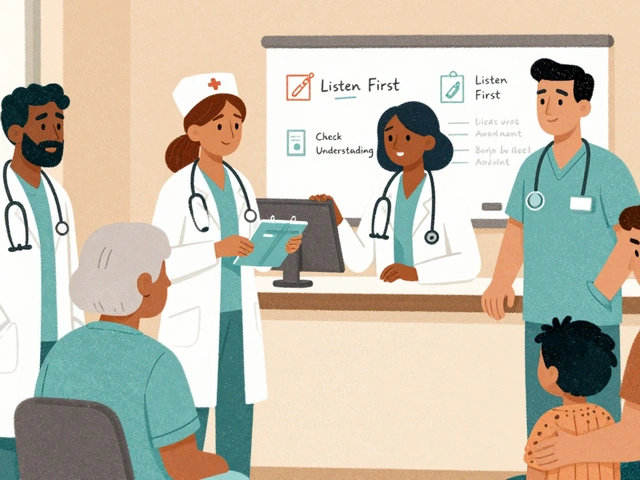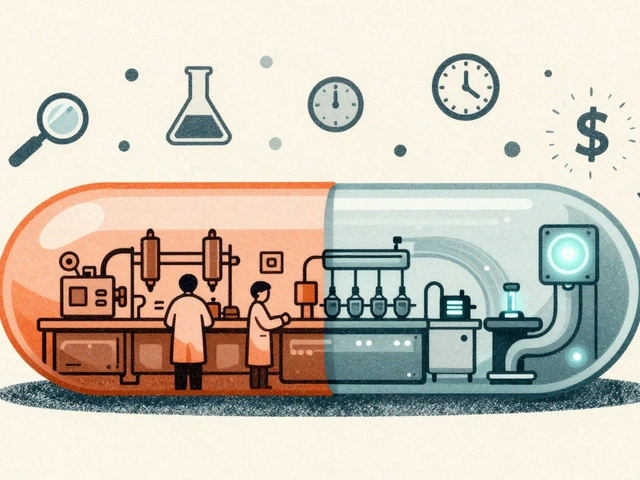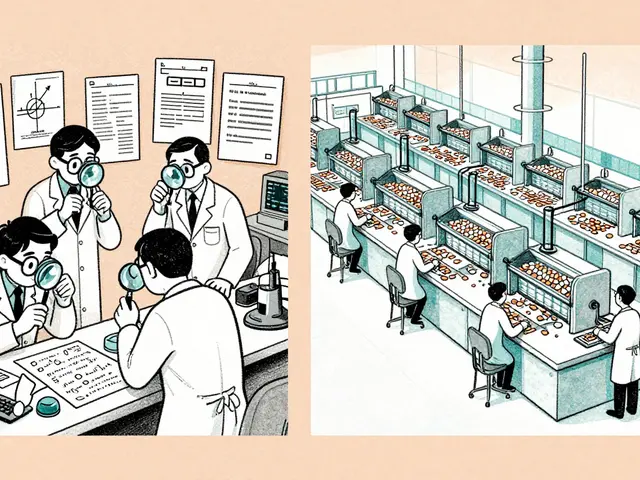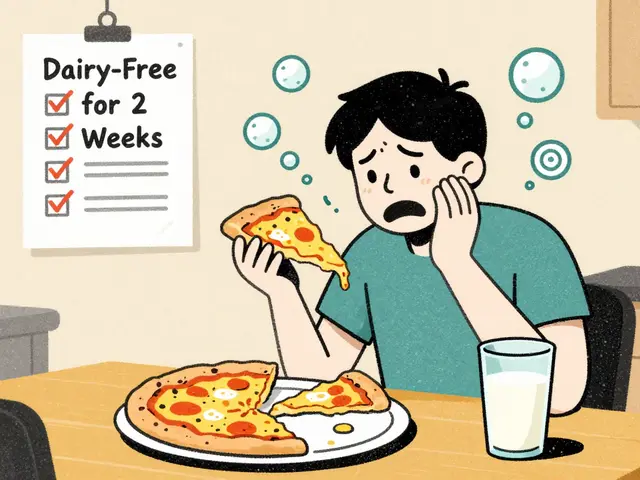Medication Duration: How Long You Should Take a Drug — Simple Rules
How long you take a medicine matters as much as what you take. Some drugs need a single dose, others a short course, and a few are daily for life. Take the right length and you avoid relapse, resistance, or unnecessary side effects. Take the wrong length and you can do real harm. This page helps you spot the difference and gives clear, practical rules you can use for common treatments.
Common duration rules
Antibiotics: finish the prescribed course unless your doctor tells you otherwise. Stopping early can leave a hidden infection and encourage resistant bacteria. For many simple infections, courses range from 5 to 14 days — for example, tablets like cefixime or azithromycin have specific recommended lengths depending on the infection. Always read the leaflet and confirm with your prescriber if a shorter course is advised.
Short-term steroids and anti-inflammatories: use the lowest effective dose for the shortest time. Dexamethasone and similar steroids can work fast but cause problems if used long-term without supervision. If symptoms improve quickly, ask your doctor about tapering instead of stopping suddenly.
Long-term chronic meds: drugs for high cholesterol, blood pressure, diabetes, or heart failure are often lifelong. Medicines like statins (including Vytorin or rosuvastatin) and carvedilol substitutes are meant to be continued to control risks. You and your clinician should review them regularly — not stop them on your own — especially if side effects appear.
Practical tips for stopping or extending a drug
Ask why and how long. When a doctor prescribes something, ask the expected duration and what to do if symptoms change. Keep a short note on your phone: drug name, dose, start date, and planned stop date.
Watch for warning signs. New or worsening symptoms, allergic reactions, or persistent side effects mean call your doctor. For antibiotics, if symptoms worsen after starting treatment, seek medical review — sometimes a different drug or longer course is needed.
Don’t self-adjust long-term treatment. For chronic conditions, stopping suddenly can cause rebound effects — blood pressure spikes, worse heart failure, or uncontrolled diabetes. Tapering under medical guidance is often safer.
Use tools to help. Set reminders for doses and review dates. Keep medicine labels and pharmacy notes until you’ve finished a course. If you buy medication online, use trusted pharmacies and keep prescription records.
Final practical note: if you’re unsure, pause changes and ask. A quick call to your GP, pharmacist, or clinic can prevent serious problems. Knowing the right duration keeps treatment effective and safe — that’s the goal.










